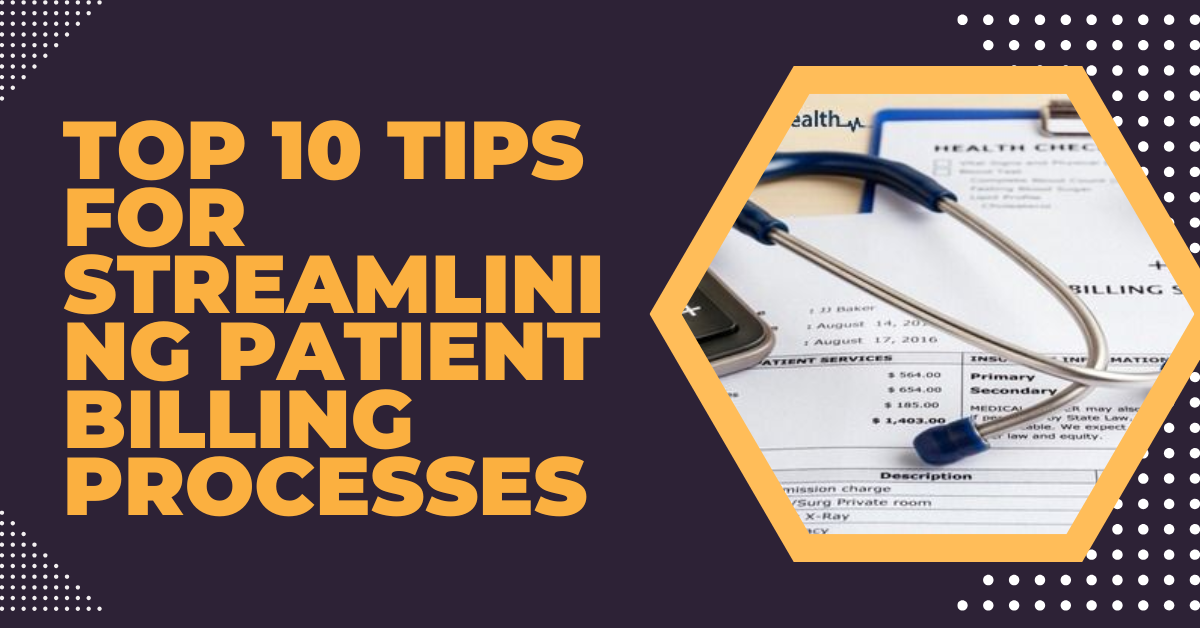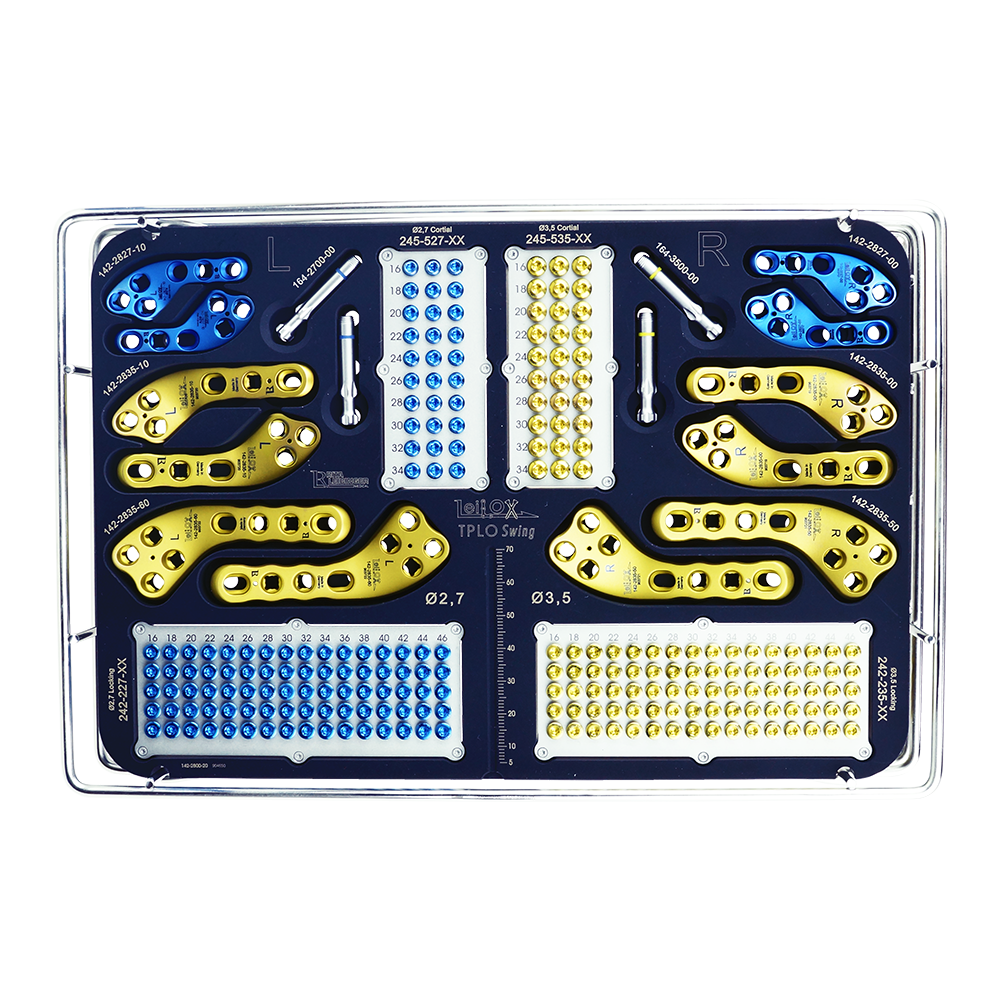In the healthcare industry, patient billing can often be a complex and time-consuming task. With the right strategies, however, you can simplify the billing process, making it easier for both your staff and your patients. Here are the top 10 tips to help you streamline your patient billing processes, ensuring efficiency and enhancing patient satisfaction.
Understanding Patient Billing
Before we dive into the tips, let’s clarify what patient billing entails. Patient billing refers to the process of charging patients for the services they receive in a healthcare setting. This includes generating invoices, managing insurance claims, collecting payments, and addressing any billing inquiries. A well-organized billing system is essential for maintaining the financial health of your practice while providing excellent patient care.
Note – Ready to enhance your practice’s financial health with efficient Patient Billing and Payment Solutions? Discover how Blue Secure can streamline your billing processes, improve patient satisfaction, and boost your revenue cycle. Visit Blue Secure today to learn more about their innovative solutions designed specifically for healthcare providers. Don’t miss the opportunity to transform your patient billing experience!
Tip 1: Implement an Efficient Billing System
Choosing the Right Software
The first step in streamlining your billing process is to choose an efficient billing software. There are many options available, so look for software that suits your practice’s specific needs. Key features to consider include:
- User-friendly interface
- Integration with electronic health records (EHR)
- Automated billing functions
- Clear reporting tools
Investing in the right billing software can save time and reduce errors in the billing process.

Tip 2: Train Your Staff
Importance of Training
Even the best billing software will not work effectively without well-trained staff. Take the time to train your employees on how to use the billing system properly. Regular training sessions can help staff stay updated on any software changes or new billing procedures.
- Schedule regular training: Make training a part of your staff development program.
- Create easy-to-follow guides: Provide written instructions for quick reference.
Proper training can lead to fewer mistakes and a smoother billing process.
Tip 3: Verify Insurance Information
The Importance of Verification
Before any service is provided, it’s crucial to verify a patient’s insurance information. Confirming this information helps ensure that the billing process goes smoothly and can prevent issues later on.
- Ask for insurance cards: Always request the patient’s insurance card at check-in.
- Check coverage: Make sure the patient’s insurance covers the services you provide.
By verifying insurance information upfront, you can avoid delays and denials during the billing process.
Tip 4: Clear Communication with Patients
Keeping Patients Informed
Effective communication with patients about their billing can significantly streamline the process. Make sure patients are aware of their financial responsibilities before they receive services.
- Explain charges upfront: Discuss potential costs during the initial consultation.
- Provide clear billing statements: Ensure that invoices are easy to read and understand.
When patients know what to expect, they are more likely to pay their bills on time.
Tip 5: Offer Multiple Payment Options
Importance of Flexibility
In today’s world, patients appreciate flexibility when it comes to payment methods. Offering various options can make it easier for patients to settle their bills promptly.
- Accept credit and debit cards: Ensure your billing system can process different types of payments.
- Consider payment plans: Allow patients to pay in installments if they cannot afford the full amount upfront.
Providing multiple payment options can lead to increased patient satisfaction and improved cash flow for your practice.
Tip 6: Send Out Timely Invoices
The Power of Promptness
Timely invoicing is crucial in keeping your billing process running smoothly. The sooner you send out bills, the quicker you can expect payment.
- Automate invoicing: Use your billing software to automate invoice generation.
- Set reminders: Program reminders for patients about upcoming payments.
By staying on top of invoicing, you can improve your revenue cycle.
Tip 7: Follow Up on Outstanding Payments
Importance of Persistence
Even with the best systems in place, there may be times when patients forget to pay their bills. A consistent follow-up process can help you collect outstanding payments effectively.
- Send reminders: Use email or SMS reminders for unpaid invoices.
- Establish a follow-up schedule: Create a timeline for when to contact patients about overdue payments.
Being proactive about follow-ups can help reduce the number of outstanding bills.
Tip 8: Monitor Key Performance Indicators (KPIs)
Tracking Your Success
To truly streamline your billing processes, it’s important to monitor the success of your billing operations. Key Performance Indicators (KPIs) can help you evaluate your efficiency and identify areas for improvement.
- Track days in accounts receivable: This shows how long it takes to collect payments.
- Measure the rate of denied claims: High denial rates may indicate issues with your billing processes.
Regularly reviewing KPIs can provide insights into your billing performance and help you make informed decisions.
Tip 9: Keep Up with Industry Changes
Staying Informed
The healthcare industry is constantly evolving, and so are billing regulations and procedures. Staying informed about changes can help you avoid compliance issues and streamline your billing processes.
- Subscribe to industry newsletters: Follow reputable sources for updates on billing regulations.
- Join professional organizations: Networking with other healthcare professionals can provide valuable insights.
By staying updated on industry changes, you can ensure that your billing practices remain compliant and efficient.
Tip 10: Gather Patient Feedback
The Value of Feedback
Lastly, gathering feedback from patients can provide valuable insights into your billing process. Understanding their experiences can help you identify pain points and improve your services.
- Conduct surveys: Use short surveys to ask patients about their billing experience.
- Encourage open communication: Let patients know they can discuss any concerns they have about billing.
Listening to your patients can help you enhance their experience and streamline your billing processes.
Conclusion
Streamlining patient billing processes is essential for both the financial health of your practice and the satisfaction of your patients. By implementing these ten tips, you can create a more efficient billing system that benefits everyone involved. From choosing the right software to gathering patient feedback, each step plays a crucial role in ensuring a smooth and effective billing process.
Remember, a well-organized billing system not only improves cash flow but also enhances the overall patient experience. By making billing as easy as possible for your patients, you are fostering trust and satisfaction, which can lead to long-term relationships with your practice.
For more insightful articles related to this topic, feel free to visit unbusinessnews.com










